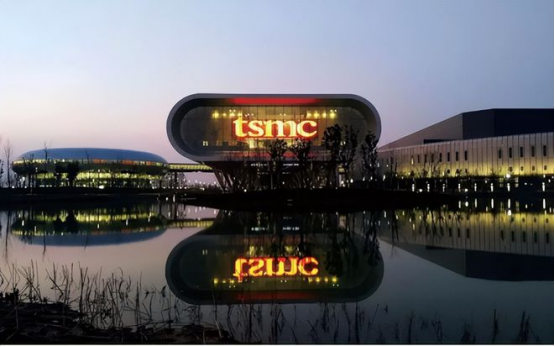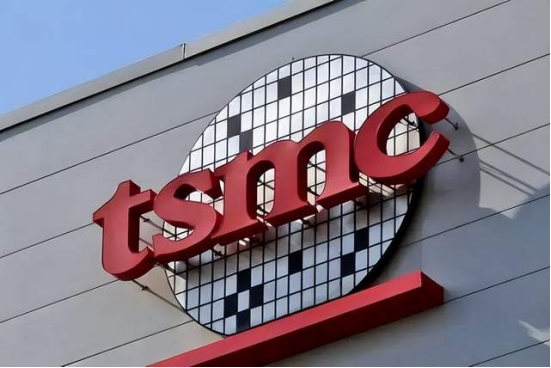Customer consignment inventory hit a new high! TSMC‘s top ten customers cut all orders
Time:2022-12-30
Views:1363
Introduction: Following the massive relocation ceremony held by the American factory, TSMC will hold a 3nm mass production and expansion ceremony at Nanke 18 Factory on December 29, announcing that it has officially entered the 3nm process generation. It is considered another important activity to eliminate the noise of poor yield and boost momentum. However, the primary problem facing TSMC is that the customer consignment inventory has reached a new high!

Today, according to the Taiwan, China Media Electronic Times, an insider said that the market situation and the operation of many factories in the first quarter of 2023 continued to decline, and the capacity utilization rate of TSMC in the first quarter was estimated to collapse significantly. The stacking of wafer banks (customers‘ consigned inventory) has reached a new high, and the roughly estimated revenue in the first quarter will decrease by 15% quarter. If the labor quotation had not increased by 6% in 2023, the decline in revenue might have expanded.
It is reported that due to the rapid decline of demand, many IC design manufacturers began to revise their orders in the third quarter. When the boom fell more than expected, the power to cut down on single orders had to be strengthened, and even the contract was broken, minimizing the loss. Originally, only the second-line wafer foundry was affected, but the fourth quarter also affected TSMC, and gradually adjusted its orders in 2023.

Source: Network
In the face of the top ten customers cutting orders at the same time, especially the big factories such as MediaTek, AMD, Intel and NVIDIA, TSMC‘s operating performance will begin to reflect the market situation of high inventory and low demand in 2023. It is estimated that the overall capacity utilization rate will fall significantly in the first quarter, dropping to 50% at 7/6nm, and the full load of 5/4nm and 28nm in the third quarter will also be significantly loose.
In addition, as many customers cut orders, delayed pulling goods, and broke contracts, TSMC also negotiated with customers on terms. In addition to accepting compensation, it was also willing to accept the contract exchange or long contract commitment of key customers, which made the stacking of wafer banks reach a new high. It was roughly estimated that the revenue in the first quarter would decrease by 15% quarter by quarter. If it did not increase by 6% in 2023, the decline in revenue would expand.
Wei Zhejia, president of TSMC, said frankly that the semiconductor inventory reached its peak in the third quarter of 2022, and the inventory began to be revised in the fourth quarter. It is expected that the capacity utilization rate will fully recover in the first half of 2023 and the second half of 2023.
In other words, the original market consensus is that the current de stocking will continue until Q2 2023, and the demand will start to warm up and come out of the bottom in the second half of the year.
However, some conservative voices have been pouring out recently. Some people in the industry are worried. After considering the three major variables of supply chain inventory level, industrial order and the overall global economic environment, they think that the supply and demand will not improve significantly in the third quarter of next year, and even will be extended to 2024 to usher in a meaningful recovery.


Source: Network
As for the adjustment of inventory, a semiconductor supervisor in the industry analyzed that this boom was different from the past, including the imbalance of industrial order caused by many factors such as MY war, epidemic situation and war. In the early optimistic atmosphere, everyone lost the sense of crisis and did not think that there was an "oversold" problem. After the terminal demand froze sharply and a wrong symptom was found, the IC design factory could not immediately step on the brake in the wafer factory, and the stock pressure cooker exploded.
He said that in addition to their own inventory, chipmakers are also trying their best to go to the agent channel stores, and at the same time let the wafer and packaging and testing plants stack their inventory. At present, the wafer factory and packaging and testing plant "Wafer Bank (customer consignment inventory)" has exceeded its load, and the situation is very chaotic, so it is impossible to accurately determine the actual situation of the current inventory.
Moreover, in the past, during the downturn of the boom, a wave of price cuts was usually launched to stimulate demand. However, most manufacturers still adhere to the price, with only sporadic price adjustments, which is not comprehensive, mainly because demand is too weak and inventory is too high. Even if the price is reduced, a large number of orders cannot be exchanged. In addition, the price of raw materials is still at a high level, so it is meaningless to reduce the price. Therefore, the strategy of "you don‘t move, I don‘t move" is adopted to make this wave of inventory adjustment more difficult.
It is worth mentioning that, in addition to the problems faced by the wafer foundry led by TSMC, such as high inventory, the storage IDM factory faces the most problems. Not only does the spot price and contract price of storage chips fall all together, but also the continuous rise of inventory has led many large factories to reduce expenditure by means of layoffs and production cuts.
According to the latest news from Korean media, SK Hynix will reduce the number of its internal teams by 20% to 30%, and in the latest organizational restructuring, a younger senior manager has been appointed as the new team leader. SK Hynix also offered paid retirement to senior executives in this process, but most of them refused this proposal.
On the other hand, Micron announced that it would reduce its capital expenditure to US $7-7.5 billion in 2023, which was originally planned to be US $12 billion, and its investment quota would be substantially reduced by nearly 40%. At the same time, the wafer output of NAND Flash and DRAM will be reduced by 20%. In addition, Micron also announced a 10% global layoff, which is expected to cut 4800 employees.
|
Disclaimer: This article is transferred from other platforms and does not represent the views and positions of this site. If there is any infringement or objection, please contact us to delete it. thank you! |











